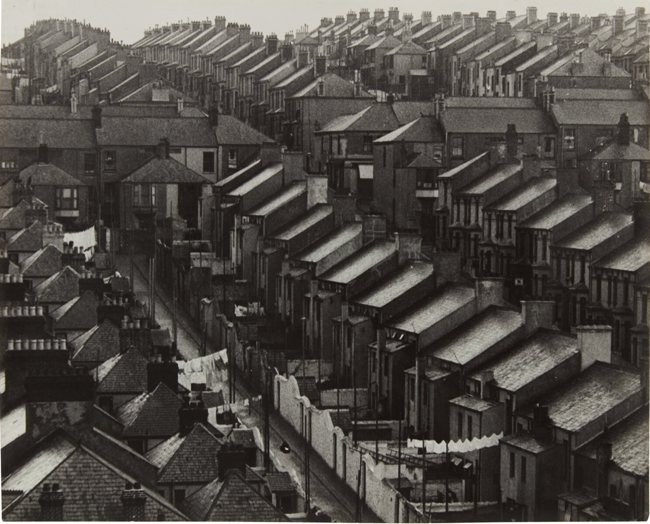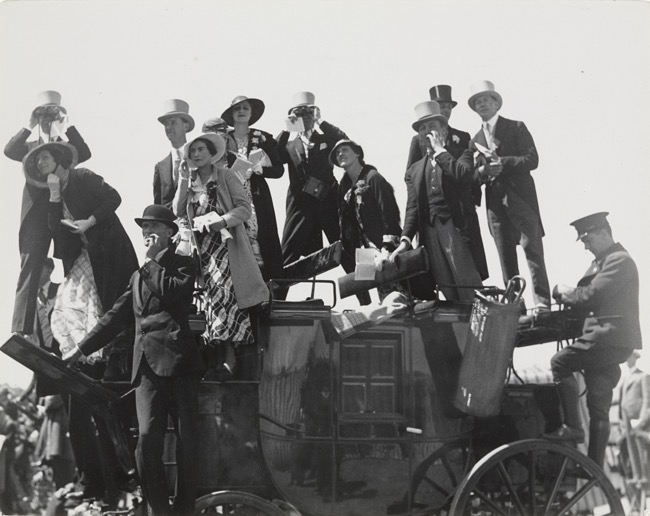Brandt’s brand was to some extend, but not only, “dark and crisper”. He tried to explain it in a letter: “There are certainly no rules governing how a photograph should be printed. This really changes from picture to picture. Some should be dark and muddy, some very white and underprinted. I often prefer the very contrasting black and white effect because it looks crisper, more dramatic and very different from color photographs”. FOMA in Amsterdam puts together a large restrospective of his work, from the early 30’s and his “English at home” and “a Night in London”, to after the war with his exploration of the female nude. Bill Brandt was a German who became British, putting him already in a unique breed of people. He worked in Vienna and Paris, met and worked with people like Man Ray, André Kertész and the surrealists. His work, as a result is a nice bridge between modernism and surrealism. Brandt was fascinated by the “unheimlich”, the weird, the bizarre, the uncanny, the strange or mysterious in an unsettling way. FOAM called the exhibit “The Beautiful and the Sinister”… associating “sinister” with “uncanny”. I don’t really subscribe to that, as I don’t see anything sinister in his work. Bill Brandt was also a witness of his own time and reported on what he saw. I particularly enjoyed his views and street photography of the UK in the 30’s, his encounters with famous people, more than his landscapes, whether of the female body or the wider nature. He was also well aware of his art and wrote wise words, about it, words that continue to resonate with me, long after having left the grounds of FOAM… “A feeling for composition is probably the most important asset for a photographer. I think it is partly a matter of instinct; it can perhaps be developed, but I doubt it can be learned. To achieve his best work, the photographer must discover his own world, and That’s exciting and he must come to terms with his lens. The lens is to a creative photographer what the eye is to a creative painter. With it he must see more intensely than other people. He needs a child’s sense of wonder always to see the world anew. His dread is that he may lose this ability, for then he will copy himself and his work becomes sterile and repetitive”,




